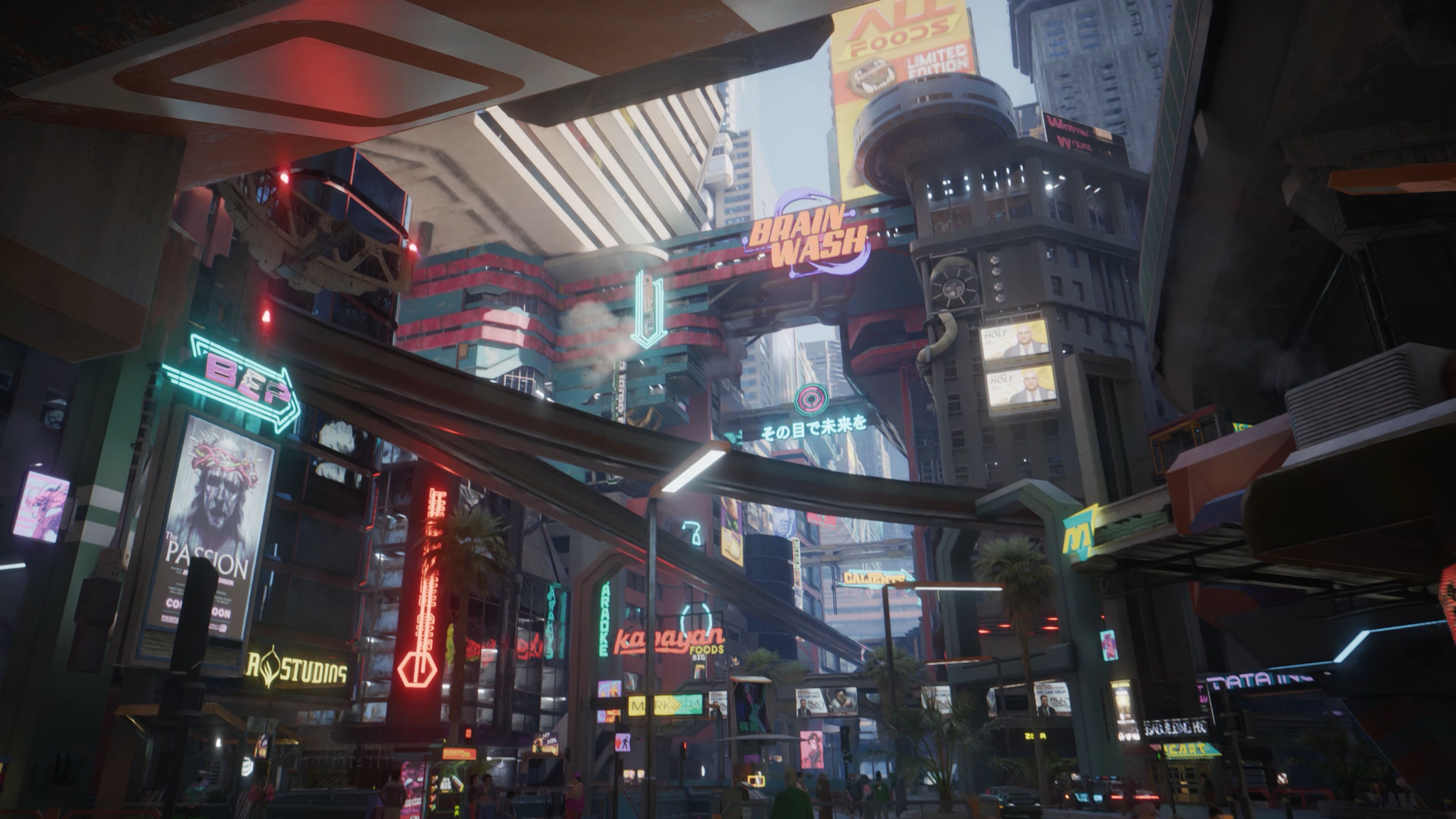Persona 3 Portable Score: PSP Adaptation Quality
Persona 3 Portable (P3P) is a unique entry in the Persona series, originally released for the PlayStation Portable (PSP) in 2009. As a portable adaptation of Persona 3 (2006), it brought significant changes to the game’s structure, mechanics, and presentation to accommodate the handheld platform. While it successfully made the game more accessible, its compromises in visual and narrative delivery have sparked debates among fans. This article examines the quality of P3P as a PSP adaptation, analyzing its strengths, weaknesses, and overall impact on the Persona franchise.
1. The Core Changes in P3P
P3P’s most notable departure from the original Persona 3 (and its expanded version, Persona 3 FES) is its shift from a fully 3D world to a visual novel-style presentation. The overworld exploration, which once featured free-roaming 3D environments in the original, was replaced with a point-and-click interface. This change streamlined navigation but sacrificed immersion.
Additionally, P3P introduced a female protagonist option—a first for the series—which provided new social links and dialogue variations, enriching replayability. The combat system was also refined, incorporating direct party control (a feature absent in the original Persona 3 but later added in FES via a patch). These changes made P3P more mechanically polished, aligning it closer to Persona 4’s gameplay standards.
2. Strengths of the PSP Adaptation
A. Accessibility and Portability
As a PSP title, P3P excelled in making Persona 3 more accessible. The handheld format allowed players to experience the game on the go, a significant advantage for a 60+ hour RPG. The streamlined navigation, while simplified, made dungeon crawling and social simulation more efficient, fitting shorter play sessions.
B. Female Protagonist Route
The inclusion of a female protagonist (FeMC) was a groundbreaking addition. Her route offered fresh social links, including exclusive characters like Junpei and Akihiko, which provided deeper character development. The FeMC’s upbeat personality and unique soundtrack tracks also differentiated her experience from the male protagonist’s, making P3P feel like two games in one.
C. Improved Combat Mechanics
P3P adopted Persona 4’s party control system, allowing players to manually command allies—a feature missing in the original Persona 3. This change made battles more strategic and less reliant on AI quirks, improving the overall gameplay flow.

3. Weaknesses and Compromises
A. Loss of 3D Exploration and Cutscenes
The most criticized aspect of P3P is its removal of 3D environments outside Tartarus. Instead of exploring Gekkoukan High School and the city of Iwatodai in 3D, players navigate static 2D backgrounds with cursor-based movement. This downgrade made the world feel less alive, stripping away the atmospheric immersion that defined the original.
Additionally, animated cutscenes were replaced with still images and text, diminishing the emotional impact of key story moments. The absence of The Answer (an epilogue chapter from FES) also meant P3P lacked a crucial narrative component.
B. Visual and Audio Limitations
Due to hardware constraints, P3P’s graphics were scaled down. Character models in Tartarus were simplified, and some visual effects (like spell animations) were less impressive. While the soundtrack remained excellent, some tracks were rearranged or omitted, which altered the game’s tonal consistency.
C. Lack of The Answer
Unlike Persona 3 FES, P3P did not include The Answer, a story-driven epilogue that expanded the lore. This omission left P3P feeling incomplete for players seeking the full Persona 3 experience.
4. How P3P Compares to Other Versions
When placed alongside Persona 3 FES and the original release, P3P stands as a middle ground:
- Original Persona 3 – Lacked party control and The Answer but had full 3D exploration.
- Persona 3 FES – Added The Answer and party control (via mods) but retained AI-controlled allies by default.
- Persona 3 Portable – Introduced FeMC and manual party control but sacrificed 3D exploration and cutscenes.
Each version has trade-offs, making P3P the most gameplay-friendly but least cinematic iteration.
5. Legacy and Player Reception
P3P remains divisive. Some fans appreciate its quality-of-life improvements and FeMC route, while others lament its stripped-down presentation. Its re-release on modern platforms (PC, PlayStation, Xbox, and Switch) in 2023 has reignited discussions about whether it should have included FES content or restored cut features.
Ultimately, P3P is a solid adaptation that prioritized functionality over fidelity. It succeeded in bringing Persona 3 to a portable audience but at the cost of some of the original’s artistic depth. For players who value gameplay over presentation, P3P is an excellent way to experience the story. However, those seeking the complete Persona 3 experience may still prefer FES.
Conclusion
Persona 3 Portable is a fascinating case study in adaptation. It made smart compromises to fit the PSP’s limitations while introducing meaningful additions like the FeMC route. However, its shift to a visual novel format and omission of The Answer left it feeling incomplete compared to FES. Despite these flaws, P3P remains a worthwhile way to experience Persona 3, especially for handheld gamers and those drawn to its unique protagonist option. Its legacy endures as both a technical achievement and a reminder of the trade-offs inherent in portable remakes.















